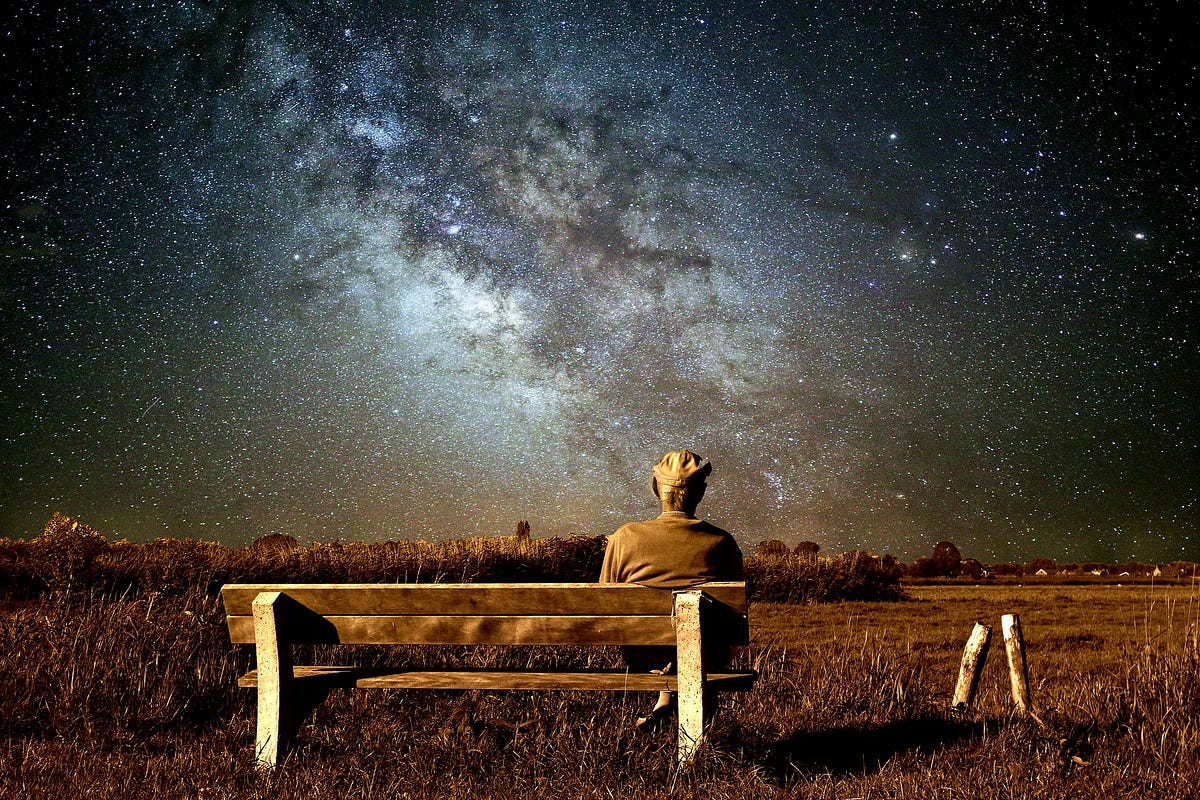When we imagine colliding galaxies, catastrophic images are invoked that would find a fitting place in Hollywood’s next doomsday film cycle. Michael Bay, Roland Emmerich, I’m sure they’d be interested in the script.
Cannibalism on a galactic scale exists. It is even essential for the formation and growth of galaxies. Reality, however, presents the consumption of one galaxy by the other somewhat differently and, above all, less suddenly. The cosmic cannibals are true connoisseurs and do one thing above all: They eat slowly.
“We caught a galactic cannibal in the act.”
The incorporation of a smaller galaxy into a larger one — to be more precise: into one with a stronger gravitational pull — which subsequently gains even more mass, is a process that can extend over billions of years. This can still be observed today — for example via the images taken of our cosmic neighbour, the Andromeda Galaxy, created in the course of the international project PAndAS (Pan-Andromeda Archaeological Survey).
On these images six star currents can be seen. According to Nicolas Martin of the Max Planck Institute for Astronomy in Heidelberg, these are the remnants of dwarf galaxies that Andromeda has indulged in. Strictly speaking, the galaxy’s hunger is not even satisfied — the consumption is still taking place.
“The stellar streams are the remains of dwarf galaxies that Andromeda has ingested. We caught a galactic cannibal in the act. Over the next billions of years, the stars in those streams will disperse, becoming an indistinguishable part of the galaxy’s halo of stars.”
On the universal stage this is not an isolated case. In 2014, astronomers took a closer look at 22,000 galaxies and published the results in a study: The Galaxy And Mass Assembly (GAMA), led by Professor Simon Driver of ICRAR (International Centre for Radio Astronomy Research).
GAMA employed 90 scientists. The survey itself took seven years to complete. Among other data, it revealed that although smaller galaxies are efficient at forming stars out of gas and thus gaining size, it is precisely the supermassive galaxies that rarely produce new stars and instead grow by consuming other smaller galaxies.
The course of these galactic mergers and the consequences they have for the meeting galaxies can be simulated through computational power. In these scenarios, the individual gravitational forces, the velocities of the celestial bodies as well as hydrodynamics and gas dissipation are taken into account. Depending on the factors involved, dramatic events can occur: floods, altered orbits, destruction.
However, these do not need to be the rule, as might be the case with the merger of the Milky Way and Andromeda. The matter of fact that the galaxies are comparable in size could have a favourable effect.
In this video you can watch a simulation of the galactic merger of the Milky Way and the Andromeda Galaxy.
#space #science #universe #cosmos #galaxy #data science
